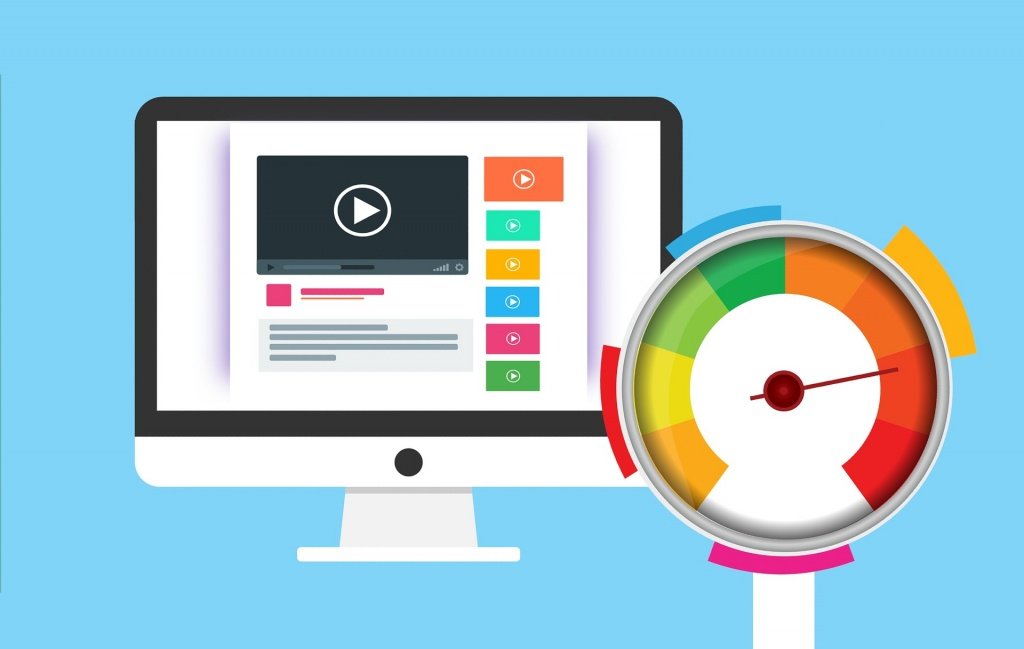
In this fast-paced era, where attention spans are dwindling, a slow website can be the kiss of death for your online presence. Users expect instant gratification, and if your website takes time to load, they’ll likely bounce to a competitor. Optimizing to improve your website speed is crucial to keep your audience engaged and satisfied.
This article will explore 10 strategies to help you achieve lightning-fast load times, ensuring a seamless and enjoyable user experience.
1 – Optimize Images for the Fast Lane
High-resolution images can significantly contribute to slow loading times. To counter this, compress and resize images without compromising quality. Tools like TinyPNG or ImageOptim can be invaluable in reducing image file sizes. Additionally, consider using next-gen image formats like WebP, which offer superior compression and quality compared to traditional formats.
2 – Leverage Browser Caching to Reduce Reload Times
When users visit your website, some aspects like images, stylesheets, and scripts are stored in their browser cache. You can instruct the user’s browser to keep these resources locally by leveraging browser caching. This means the browser can quickly load your site on subsequent visits by retrieving the cached assets instead of downloading them again. Adjust the expiration times of your cache judiciously to balance freshness and speed.
3 – Minify and Combine Files for an Efficient Performance Ensemble
CSS, JavaScript, and HTML files can contain unnecessary characters such as spaces, line breaks, and comments. Minifying these files involves removing these non-essential elements, reducing their size, and accelerating load times. Furthermore, consider combining multiple files into one whenever possible. Fewer files mean fewer HTTP requests, resulting in faster page loading. Tools like UglifyJS and CSSNano can help with minification.
4 – Enable Compression for Faster Transmissions
Large files can significantly drag website speed, especially for users with slower internet connections. Gzip and Brotli are two popular compression methods that reduce your web page sizes, making them quicker to load. Most web servers support these compression methods, so enable them to ensure a faster and more efficient data transfer between your server and users’ browsers.
5 – Prioritize Critical Rendering Path for Instantaneous Display
The critical rendering path is the browser’s sequence of steps to convert HTML, CSS, and JavaScript into a fully rendered page. By optimizing this path, you can ensure that the most important content loads first, providing users with a visually appealing experience. At the same time, the rest of the page continues to load in the background. Prioritize above-the-fold content and defer non-critical scripts to enhance perceived performance.
6 – Reduce Server Response Time for Swift User Interaction
A sluggish server response time can be a major bottleneck for website speed. Optimize your server configuration, database queries, and hosting environment to ensure a swift response. Consider using content delivery networks (CDNs) to distribute your website’s assets across multiple servers globally, reducing latency and improving response times. For instance, a web design agency in Irvine could benefit from a CDN to enhance its content delivery to users in different geographical locations.
7 – Implement Lazy Loading to Gradually Load Images
Lazy loading is a technique that defers the loading of non-essential images until they come into the user’s viewport. You can significantly reduce initial page load times by loading images only when needed. This is especially effective for websites with extensive image galleries or long-scrolling pages. Various content management systems offer easy-to-implement lazy loading options.
8 – Optimize Your CSS and JavaScript Delivery
Loading external stylesheets and scripts can impact website speed, as each external resource requires an additional HTTP request. Optimize the delivery of CSS and JavaScript by utilizing asynchronous loading for non-essential scripts. Additionally, place CSS in the document head and JavaScript at the end of the body to prevent rendering delays. Tools like Google’s PageSpeed Insights can provide recommendations specific to your site.
9 – Upgrade Your Hosting Plan for Increased Performance
If your website experiences consistent slowdowns, it might be time to reassess your hosting plan. Upgrading to a higher-tier hosting package can provide more resources, reducing server response times and accommodating increased traffic. Look for web hosting with a reliable infrastructure and consider managed WordPress hosting services optimized for speed and security.
10 – Regularly Monitor and Audit Your Website Performance
Optimizing your website speed will be an ongoing process, and regular monitoring and audits are essential to identify areas for improvement. Use tools like Google PageSpeed Insights, GTmetrix, or Pingdom to analyze your site’s performance. These tools provide detailed reports and actionable insights, allowing you to fine-tune your strategies and keep your website running at peak efficiency.
Key Takeaways
A fast website plays a significant role in search engine rankings. Implementing these 10 strategies allows you to turbocharge your website speed, providing users a seamless and enjoyable online experience. Speed is not just a technical metric; it’s a key component of user engagement and conversion. So, take the time to find the best web design agency in Irvine to help you improve your website speed.
